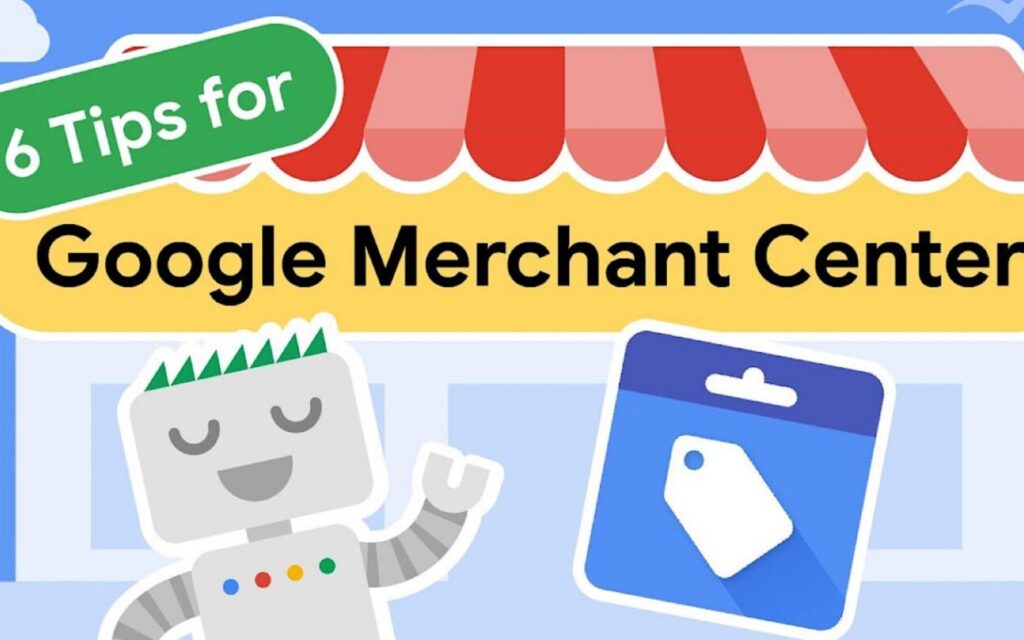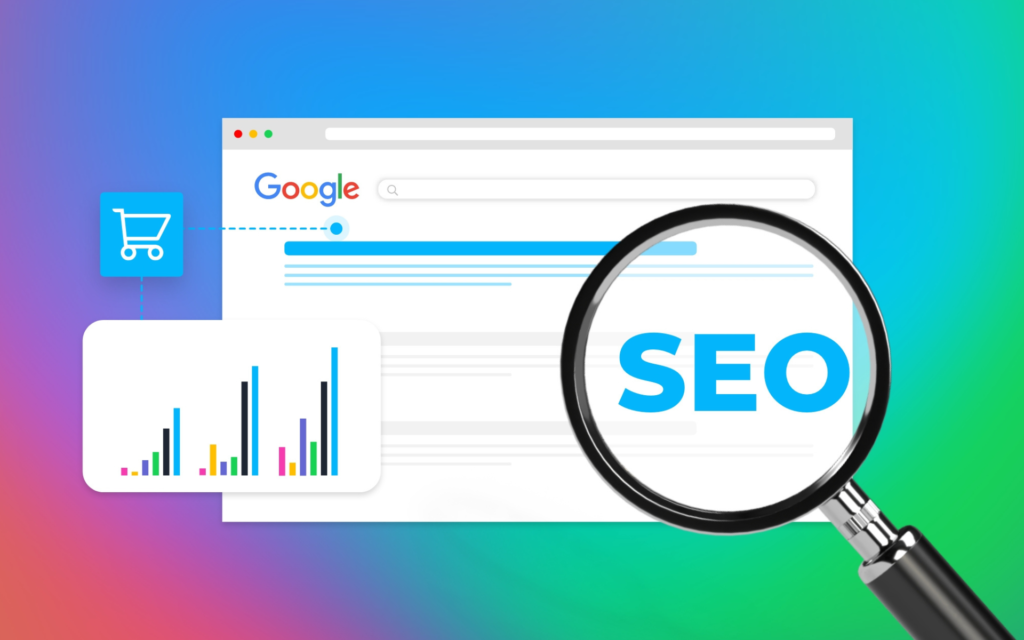Google’s 6 SEO Tips For Ecommerce Websites

Google offers six methods to optimize your e-commerce website in search results using structured data and Google Merchant Center.
Google shares six SEO tips that combine structured and Merchant Center data to maximize your website’s visibility in search results.
Alan Kent, a Google Developer Advocate, details each tip in a new video posted on the Google Search Central YouTube channel.
Kent stresses the importance of Google Merchant Center, which allows retailers to upload product information via structured feeds throughout the video.
Computers can read Merchant Center. This means that data is extracted more reliably than Googlebot crawling your site.
This doesn’t mean you should abandon structured data on product pages favoring Merchant Center. It remains essential even if product structured data is provided directly to Google via a Merchant Center feed.
Google may cross-check data from the Merchant Center feed with structured data on your site.

Google’s SEO recommendations are geared towards maximizing both of these tools.
1. Index Products
Googlebot may miss pages while crawling sites if they aren’t linked to other pages. For example, e-commerce sites may have product pages only accessible via on-site searches.
Google can crawl all of your product pages through tools like an XML sitemap or Google Merchant Center.
Google will discover your products by creating a Merchant Center product feed. Googlebot can share the URLs of product pages to be used as starting points in crawling other pages.
2. Verify the accuracy of product prices search results
Google may incorrectly extract pricing data from product pages. In this case, it might list the original price, not the discounted one.
It’s recommended that you add structured data to product pages. You can also provide Google Merchant Center structured feeds of product data.
This will allow Google to extract the correct price information from product pages.
3. Minimize price & availability lag
Google crawls pages on your website according to its schedule. Googlebot might not notice any changes to your site until the next crawl.
These delays can cause search results to be slower than site changes, such as the product’s discontinuation of stock.
It is best to avoid inconsistencies between pricing and availability data on your website and Google’s understanding of your site due to time lags.
Google suggests using Merchant Center product feeds to keep pages updated more consistently.
4. Ensure Products Are Eligible For Rich Product Results
Product structured data is required to be eligible for rich product results.
To get a rich product presentation format, Google recommends providing structured data on product pages and Merchant Center product feeds.
This will allow Google to understand how to extract product information to show rich results.
Google can display rich results even if you have the correct structured data.
5. Get local product inventory data
Make sure that people enter queries using the phrase “near you” to find your products in-store.
Register your physical store in Google Business Profile. Next, provide a local inventory feed for Merchant Center.
Google’s local inventory feed contains product identifiers as well as store codes. This allows Google to locate your inventory physically.
Google suggests that you use a tool called Pointy as an additional step. Pointy, a Google device that connects to your point-of-sale system in-store and automatically informs Google about inventory data from your physical shop, is recommended by Google.
This data is used to keep search results current.
6. Register for Google Shopping Tab
Your products may be found in search results but not in the Shopping tab.
Search for your products in the Shopping tab if you aren’t sure if they appear.
Structured data and product information alone are not sufficient to be included under the Shopping tab.
You can apply for the Shopping tab by providing product data feeds through Merchant Center and opting into surfaces across Google’.

